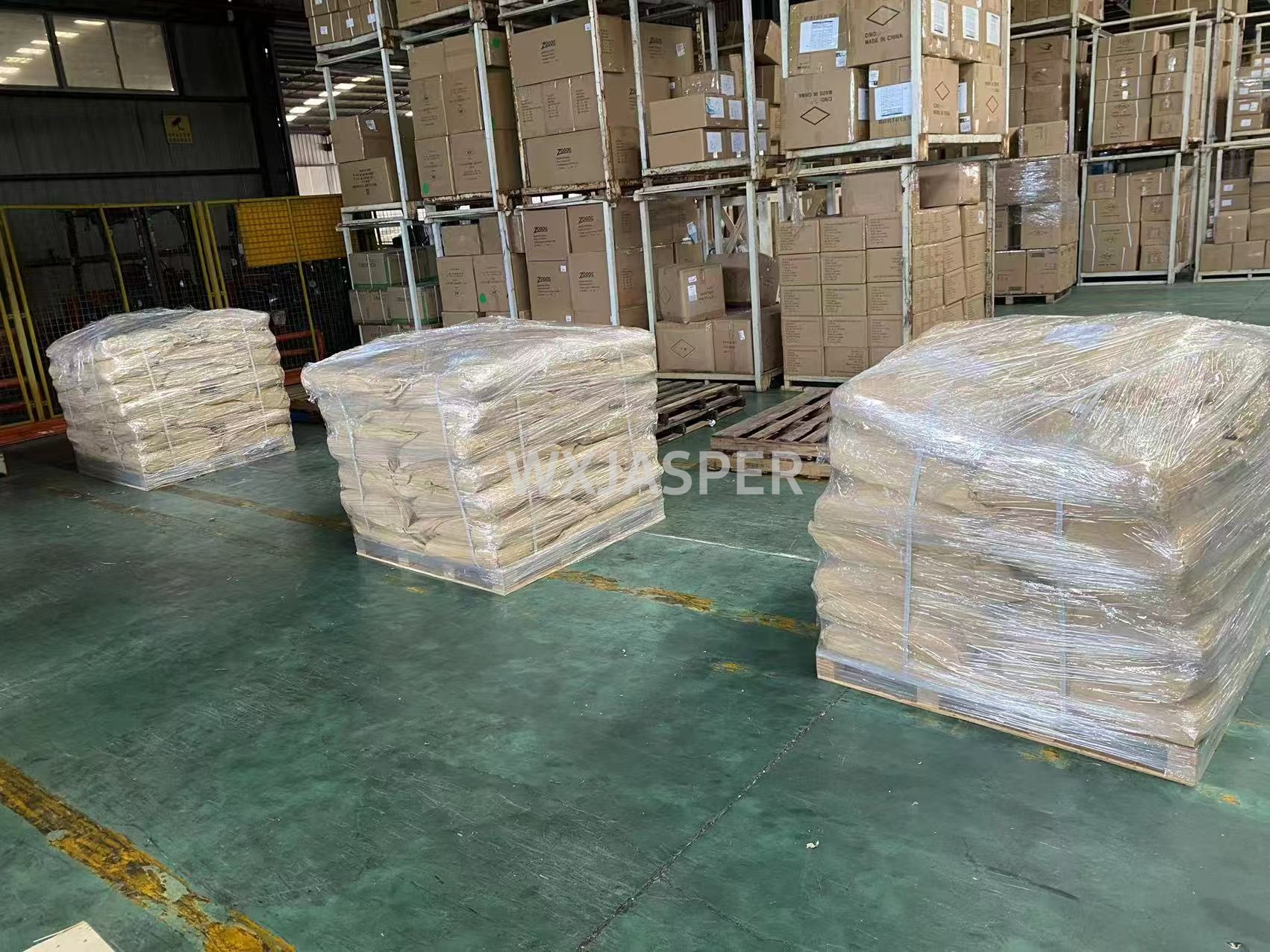Your Location:Home > Products > Solvents > Terephthalic acid



CasNo: 100-21-0
MF: C8H6O4
Appearance: White crystal or powder
Delivery Time: 15 days
Packing: 25kg/bag
Purity: 99%
Basic Information
|
Model NO. |
100-21-0 |
Appearance |
Powder |
|
Color |
Colorless |
Purity |
99% |
|
Grade Standard |
Industrial Grade |
Specification |
25kg/bag |
|
Transport Package |
Bag |
Origin |
China |
Product Description
Product Name:Terephthalic acid
CAS No: 100-21-0
Form: Powder
Product Application
Polyester Fiber (Polyethylene Terephthalate - PET): The largest downstream application (~70%). Used in apparel, home textiles, and industrial fabrics.
PET Bottle Resin: For manufacturing bottles for carbonated drinks, water, edible oil, etc.
PET Film: Used in packaging, magnetic tapes, photographic film, solar backsheets, and insulation materials.
Engineering Plastics (e.g., PBT): For automotive parts, electrical components, and industrial gear.
Packaging
25Kg/Bag
Storage
Store in a cool, dry, well-ventilated, dedicated warehouse away from ignition sources and heat. Protect from moisture and contamination.